
by Fronetics | Sep 11, 2019 | Blog, Content Marketing, Marketing, Strategy
Ushering qualified leads through the sales funnel requires the right kind of content at the right time. Here’s what kind of content you need for ToFu, MoFu, and BoFu.
Highlights:
- ToFu, MoFu, and BoFu are abreviations for top of funnel, middle of funnel, and bottom of funnel, respectively.
- ToFu content should be geared toward audience engagement and getting contact information – not converting.
- MoFu stage content should establish that your business can address a prospect’s specific needs.
Consider this statistic: 50% of qualified B2B leads aren’t ready to make a purchase when they initially convert. That means that in order to usher prospects effectively through the sales funnel, marketers need to deliver the right content for each stage of the buyer’s journey. That’s where idea of ToFu, MoFu, and BoFu content comes in.
In case you’re wondering, none of these three words refer to soy-based vegetarian snacks. Instead, ToFu, MoFu, and BoFu are marketing portmanteaux, meaning top of funnel, middle of funnel, and bottom of funnel, respectively. Effectively nurturing inbound leads depends on creating and delivering the right type of content for each stage of the funnel.
ToFu, MoFu, and BoFu: a primer
Before we talk about what kind of content to deliver to prospects at each stage of the buyer’s journey, let’s take a closer look at what the terms ToFu, MoFu, and BoFu refer to and what your goals should be at each stage.
ToFu: top of the funnel
At the top of the sales funnel (ToFu), your goal is to draw in a wide audience of prospective leads, increasing brand awareness and customer engagement. This is the awareness stage of the buyer’s journey, and it represents your first impression. Leads at the top of the funnel are getting a sense of what your business does and your brand identity.
For ToFu leads, your goal isn’t conversion but simply to obtain contact information and generate interest. Says Gaetano DiNardi, Director of Demand Generation for Nextiva, ToFu “is where strangers become familiar with your brand for the first time… At this stage of the game, you don’t care about conversions; you care about piquing intrigue.”
MoFu: middle of the funnel
The middle of the funnel (MoFu), is the consideration stage of the buyer’s journey. This can be a tricky and uncertain stage as your leads continue to engage with your brand and learn about your products and services but remain unready to commit to purchase. “MoFu is usually the most complicated funnel stage because of how hard it is to define,” says DiNardi.
Ideally, by the MoFu stage, you should have a clearer idea of who your leads are and what they’re looking for. Your focus should be on continuing to educate your leads and situating your products and services as the solution to the challenges and needs of your prospects.
BoFu: bottom of the funnel
The bottom of the funnel (BoFu) is the decision stage of the buyer’s journey. You’ve established a relationship with your prospect during the MoFu stage, and your lead is now turning to you for specific information about your products and services. It’s at the BoFu stage that leads are ready to make a purchasing decision.
This is the stage when it’s all about conversion. Your goal is to inspire your lead to convert, helping them to realize that your business has the solutions they need. It’s important to note here that your goal is not to “sell,” but rather to make sure your leads know that you’re there to help.
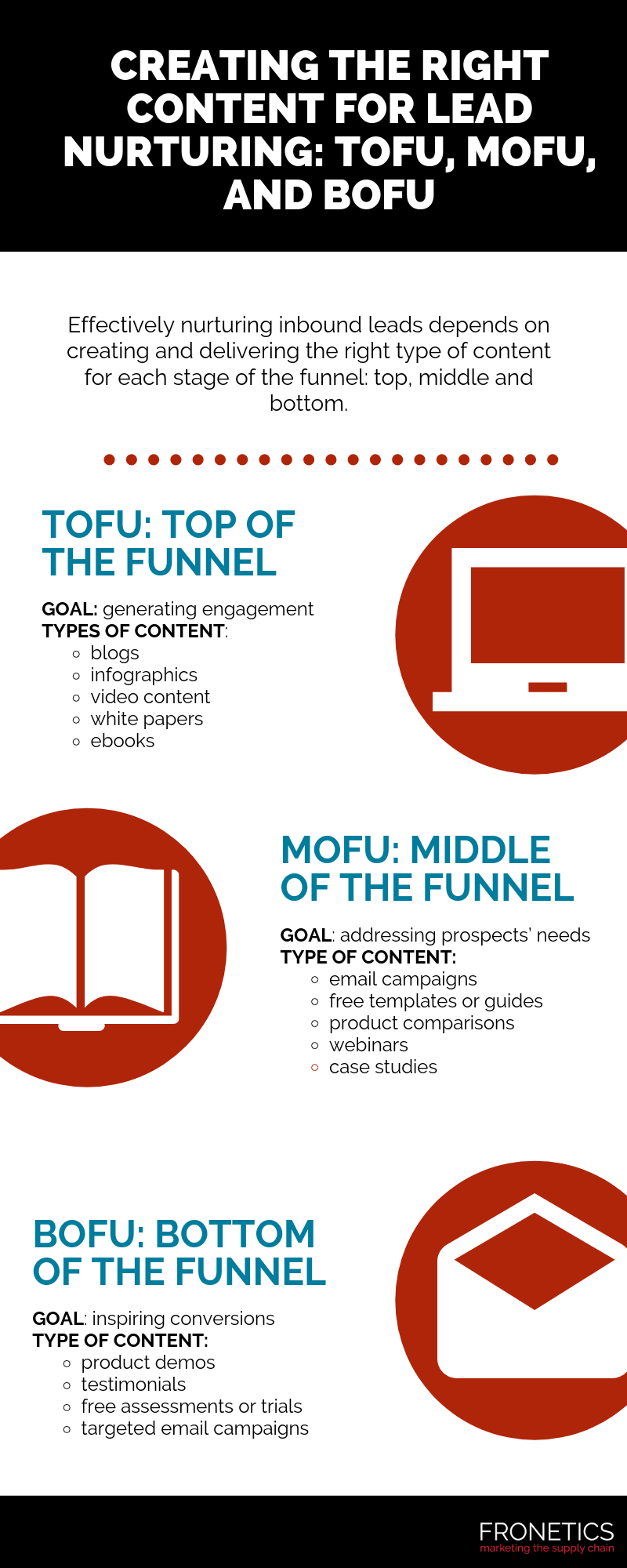
(Made with Canva)
Optimizing ToFu, MoFu, and BoFu content for lead nurturing
Once you have a clear idea of the stages of the sales funnel and your goals for each, it’s time to consider the right types of content to ensure that prospects receive exactly the right message for each step of the buyer’s journey.
ToFu content: generating engagement
At the top of the sales funnel, where your goal is to engage your audience and collect contact information from qualified prospects, your content needs to educate leads and establish thought leadership. ToFu content shouldn’t pressure your audience to make a purchase, but instead should be geared toward providing information that speaks to needs, challenges, and questions common to your target audience.
According to Coralie Wood, Director of Demand Generation at LoginRadius, “Top-of-funnel content needs to be much more digestible and informative to ensure you are positioned as a thought leader.”
Some types of content that work particularly well for the ToFu stage:
- Blog posts
- Infographics
- Video content
- Whitepapers
- eBooks
MoFu content: addressing prospects’ needs
At this challenging middle stage, your content should begin to establish your business as the solution to a prospect’s specific needs and challenges. This is the consideration stage, and your lead is in the process of evaluating all available information to prepare to make a purchasing decision. Developing the relationship requires that your content be highly informative about how your business is ready to meet your prospect’s needs.
Because of the “wide net of interested leads who haven’t been fully qualified,” says DiNardi, “if you are too shameless about plugging your products or services, you’ll come across as pushy and likely to turn off buyers.” Instead, he suggests being “helpful and knowledgeable, while guiding your prospects into the right decision.”
Effective content types for the MoFu stage include:
- Email campaigns
- Free templates or guides
- Product-to-product comparisons
- Webinars
- Case studies
BoFu content: inspiring conversions
Now that your ToFu and MoFu content have attracted and nurtured a qualified lead, it’s time for your BoFu content to convince your lead to convert. It’s the closing stage of the buyer’s journey, which means marketers should be directing prospective buyers toward content that sells. This type of content is about cementing a decision and helping your leads recognize that your business has the right solutions.
“It’s important to note here that BoFu content can also lead directly into validation. This starts to cross the line from traditional content marketing to things like product marketing and customer testimonials,” says Mike Baker, marketing director at Lola.com. “As you work closer to the bottom-of-the-marketing funnel, your content should shift from purely educational to a more consultative, product-focused and a ‘show-don’t -ell’ style of marketing.”
BoFu content types geared to inspiring conversions include:
- Product demos
- Case studies and testimonials
- Free assessments or trials
- Targeted email campaigns
Related posts:
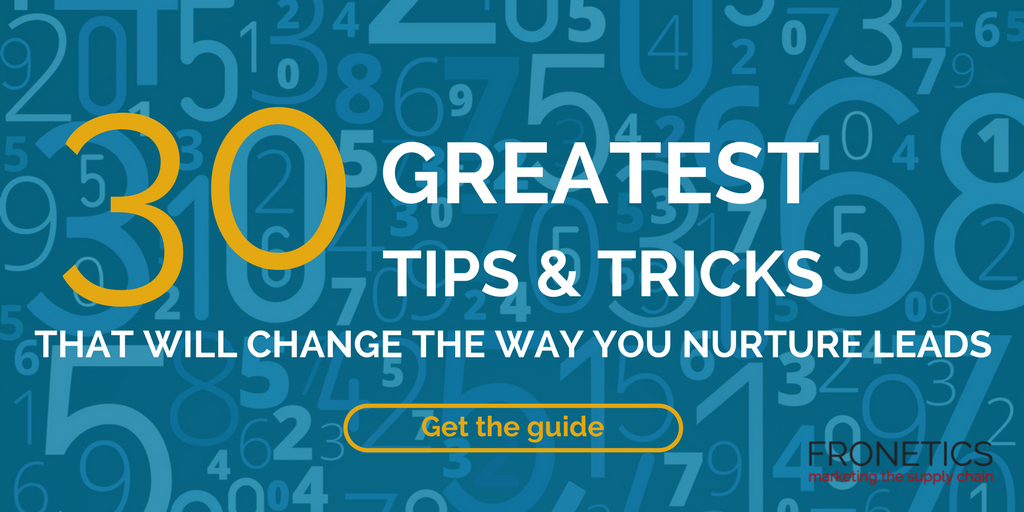
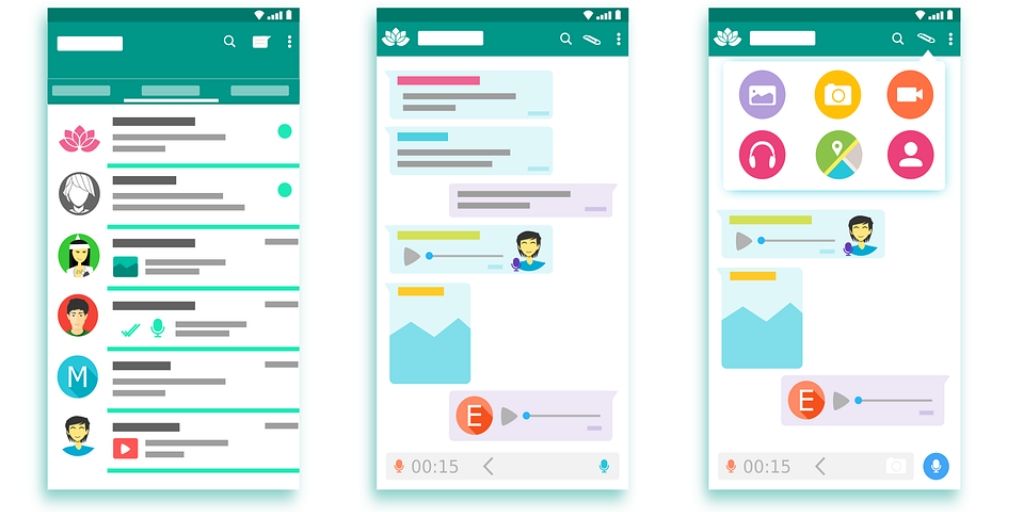
by Fronetics | Sep 10, 2019 | Blog, Content Marketing, Current Events, Marketing, Social Media
As social media users increasingly prefer to share content and recommendations via private messaging apps, brands need to be aware of how to take advantage of this trend.
Highlights:
- Nearly two-thirds of social media users now prefer to share content and recommendations through private messaging apps.
- Facebook Messenger is by far the most popular of these platforms.
- Chatbots can help brands engage in conversations on messaging apps and capture leads.
A recent study has confirmed a trend we’ve long predicted: A significant majority (63%) of social media users now express a preference for private messaging apps for sending messages or recommendations to people in their circle, as opposed to posting publicly on social media.
Marketers need to be aware of the implications of this shift toward private messaging apps, or “dark social channels.” Recognizing that three out of five users now prefer to connect via a private channel rather than open social media platforms, brands can tailor content accordingly and create a strategy that capitalizes on this shift.
Private messaging apps by the numbers
GlobalWebIndex and WeAreSocial teamed up to conduct research on content-sharing preferences, looking at more than 3,100 internet users. They asked research subjects how they tend to share information like articles, photos, videos, and recommendations and received the following responses:
- Private messaging apps: 63%
- Social media accounts: 54%
- Word of mouth: 51%
- SMS: 48%
- Email: 37%
Next, researchers broke down the results further, to reveal which messaging platforms users prefer:
- Facebook Messenger: 82%
- WhatsApp: 56%
- Instagram: 34%
- Snapchat: 32%
These are striking numbers. Not only is the preference for messaging apps clear, but brands should take note of the dominance of Facebook Messenger as the preferred platform. It’s likely that this preference is accounted for by the prevalence of social media for content consumption and distribution. Therefore, private messaging apps within social media platforms, with Facebook Messenger chief among them, are an easy and convenient way for users to share information.
What brands need to know about private messaging apps
The trend toward content sharing via messaging apps is mixed news for brands. On the one hand, marketers are likely be dismayed that a significant percentage of website visitors will likely be coming from these untraceable sources. On the other hand, says Olivia Valentine of We Are Social, “it means that there are likely more brand advocates than you might think.”
Valentine is right. When users share content and recommendations on messaging apps, they are engaging in authentic, private conversations, making the recommendations all the more meaningful.
Not only are social messaging apps becoming the preferred content-sharing platform among users, but brands can use these apps directly to engage with their audience. Facebook Messenger now has over 1.3 billion active monthly users globally and offers businesses the opportunity to connect directly and authentically with their audience.
Chatbots
Perhaps you’ve been reading about the rise of private messaging apps for content sharing and despairing over the idea that to keep your business relevant, your marketing staff will now need to be spending every working hour responding to thousands of messages with prospects.
Don’t despair. This is where the latest trend in artificial intelligence for marketers can help. Chatbots are computer programs that simulate, with ever-increasing accuracy, human conversation. This software communicates with your prospects inside a messaging app, carrying on a conversation until a prospect is ready to move down the sales funnel.
When it comes to creating chatbots, we recommend platforms including HubSpot’s Chatflows, Chatfuel, ChatScript, and Facebook’s Bots for Messenger tool.
The takeaway: the shift toward messaging apps is a net positive for marketers
To take full advantage of the growing user preference for private messaging apps, marketers need to ensure that their content is easily shared, engaging, and generative of authentic conversations among their audience. Furthermore, using chatbots can help businesses capture leads and engage in direct conversations on these platforms.
As Valentine points out, while the increased use of private messaging apps does mean that a certain amount of web traffic will be coming from untraceable sources, brands should be celebrating the fact that this trend means that recommendations are far more meaningful and your audience is becoming increasingly empowered to advocate for your brand.
Related links:

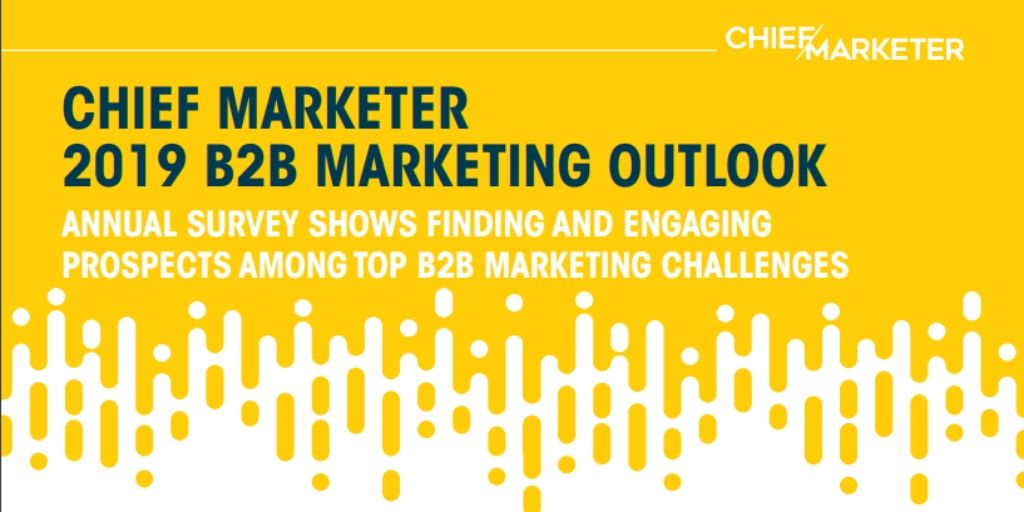
by Fronetics | Sep 4, 2019 | Blog, Content Marketing, Marketing, Strategy
The biggest challenges for B2B marketing, according to a recent report? Finding leads that convert and engaging the right target audience.
Highlights:
- Measuring social media ROI is a challenge for 58% of respondents, and 39% report that proving ROI is the biggest hurdle to securing C-suite buy-in.
- Only 23% of brands have a dedicated social media team.
- 60% of marketers report content marketing is their most valuable technique for lead nurturing.
Chief Marketer’s 2019 B2B Marketing Outlook report is out, and it’s full of revealing statistics for B2B marketers industry-wide. The survey studied 209 B2B marketers in more than 20 verticals, getting a bird’s eye view of biggest challenges and trends in B2B marketing.
Here are the top 10 stats you need to be aware of.
10 B2B marketing stats from Chief Marketer’s 2019 report
1) For 58% of respondents, measuring ROI is the top challenge surrounding social media marketing.
Measuring social media ROI is notoriously difficult, though certainly not impossible. For well over half of the survey respondents, it proved the greatest challenge when it comes to social media.
65% of respondents reported engagement as one of their biggest social media challenge, while 45% cited the challenge of having enough content. Adequate bandwidth to respond to social followers and post frequently and inadequate social budget (24% each) were lower on the list of social concerns.
2) Only 23% of brands have a dedicated social media team.
We’ve written before about how social media management is a herculean task that falls all-to-often to an overworked marketing team. Chief Marketing’s survey found that, for a vast majority of B2B brands (75%), their marketing team is in charge of maintaining social media presence.
Even as social media is becoming increasingly effective at ushering leads through the sales funnel, only 23% of brands surveyed have invested in a dedicated social media team, while 15% are outsourcing their social media management.
3) Articles/blog posts and reviews/customer testimonials are tied as the two most effective types of content for moving prospects through the sales funnel.
45% of respondents reported that articles and blog posts, as well as reviews and customer testimonials, are the most effective content types for moving prospects through the sales funnel.
Following closely behind, 32% reported whitepapers and 31% reported video as most effective. Partner content, at 26%, came next, while social media is gaining efficacy, coming in at 22%.
Respondents reported that for all content types, the visual aspects were key. For Informa Engage, for example, more visual content is performing well, says Tricia Syed, Vice President for Marketing Strategy and Execution. “In some markets, traditional whitepapers and webinars are still hugely popular, but we’re getting more visual with e-books [to illustrate] data.”
4) 39% of survey respondents reported being unable to prove ROI to C-suite as the biggest obstacle for getting approval for marketing expenditures.
Just as proving social media ROI is a poses a challenge for B2B marketing, proving overall content marketing ROI to win C-suite buy-in can be equally daunting. 39% reported it as the biggest hurdle to getting marketing expenditures approved.
46% of respondents cited the challenge of budgets that are focused elsewhere, while 33% reported that executives still don’t understand the need for marketing expenditures.
5) For 60% of respondents, content marketing is the most valuable technique for lead nurturing.
Content marketing is reported by 60% of marketers as their most valuable technique for lead nurturing. Email marketing led the pack at 62%, while in-person marketing took a close third place at 57%. When it comes to lead nurturing for B2B marketing, social media was relatively low on the list, reported by only 20% of respondents as their most valuable technique.
6) Only 22% of respondents have an in-house editorial team dedicated to content creation.
While content marketing is overwhelmingly reported by marketers as being a highly effective technique for generating, nurturing, and converting leads, relatively few brands have chosen to invest in a dedicated in-house editorial team for content creation. Instead, a whopping 80% of marketers are charged with creating their own content.
“That’s a surprising disconnect,” says James Furbush, B2B marketing manager of Lord Hobo Brewing. “I’m not surprised marketing teams are creating content, but if you’re going to be that focused on content marketing, having an editorial team is an important investment.”
Perhaps even more surprisingly, only 23% of respondents are taking advantage of the opportunity to outsource content creation, an excellent alternative for companies who are unable to afford a dedicated in-house team.
7) 42% say that their organizations will increase martech budgets in 2019.
Martech, or the fusion of marketing and technology, is taking over B2B marketing. 42% of survey respondents reported that their martech budgets will be increasing in 2019, while 40% said that existing martech budgets will remain the same. Only 4% reported that they anticipate a decrease in martech budget.
When asked what types of martech they plan on investing in, 45% of respondents pointed to marketing automation, 43% to video, 40% to email, 38% to customer experience, and 37% to social media management.
Interestingly, despite all the discussion surrounding AI, only 9% of businesses surveyed report that they are considering investing in these technologies.
8) When it comes to generating new leads, 55% reported that finding leads that convert is their biggest challenge.
More than half of survey respondents pointed to the challenge of finding leads that ultimately convert as the greatest obstacle to generating new leads. 57% reported that their biggest challenge is getting targeted prospects to engage with their brands.
What’s interesting about these numbers is that, while marketers are reporting these issues as lead-generation obstacles, they are simultaneously pointing to content marketing as their most effective tool for lead nurturing and conversion.
9) For 44% of respondents, email is a top source of B2B leads.
When it comes to which channels are the largest sources of B2B leads, email leads the pack, with 44% of respondents putting it first. Online searches came in at a close second at 43%, and live events came in at 41%.
A respectable 36% of respondents cited content marketing as a top source of B2B leads, while 22% pointed to social media.
Knowing where leads are coming from is only part of the picture. Perhaps unsurprisingly, the channel that produced the leads with the highest ROI was email for just under half (49%) of survey respondents.
10) 56% say cost of conversion is the metric that matters most in marketing attribution.
When asked which metrics matter most in marketing attribution, cost of conversion topped the list at 56%, followed closely by amount of time to convert at 53%. Other important metrics included channel (34%), first click (29%), and last click (22%).
“At the end of the day, the most important takeaway when setting up campaign attribution is to think about your goal,” said one respondent. “Start with the end in mind, reverse engineer your marketing campaign, and set up ‘mile markers’ along the way to track trends in your prospects’ digital footprints.”
Related posts:
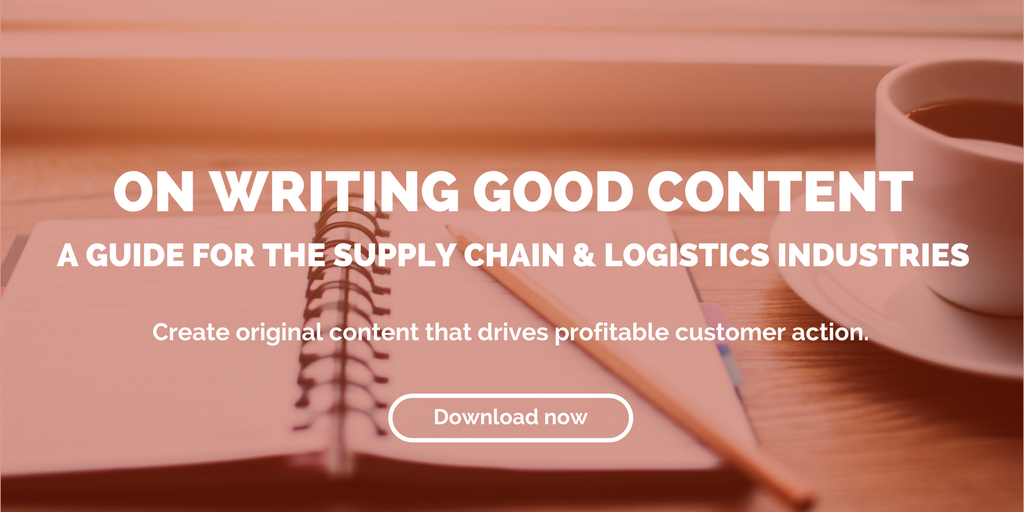
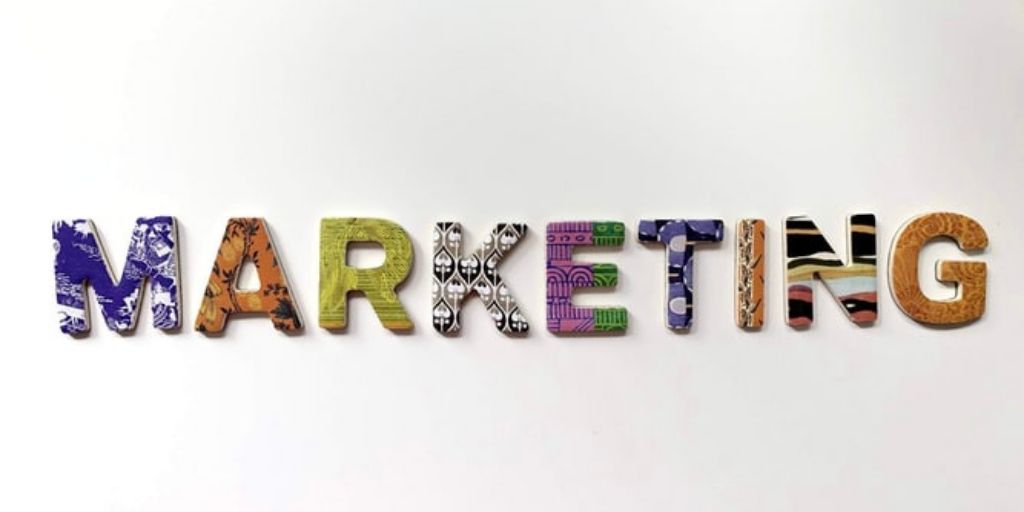
by Fronetics | Aug 28, 2019 | Blog, Content Marketing, Marketing, SEO
Being aware of the marketing acronyms being discussed on the internet is key to staying up with the latest digital marketing trends and ideas.
Highlights:
- Key performance indicators (KPIs) are the metrics you determine to be most important in measuring the success of a digital marketing campaign.
- All-important search engine optimization (SEO) is what allows your page to rank high among search engine results.
- A positive user experience (UX) is crucial to converting leads.
If you’re not up on internet language, the profusion of acronyms can sometimes make it feel like an unbreakable code. Being aware of some key marketing acronyms can go a long way toward helping your business generate online leads and revenue.
There are a seemingly endless supply of acronyms being thrown around out there, from the general to the highly specialized. These eight marketing acronyms are the ones you need to know to help you navigate digital marketing language and be on the cutting edge of best practices for your business.
8 marketing acronyms you need to know
1) KPI: Key Performance Indicator(s)
Effective digital marketing campaigns start with documented goals, accompanied by the metrics you will measure to determine how successful you are at reaching those goals. KPIs are your most important metrics. Choosing the right KPIs for a specific campaign is critical to its success, since these metrics are how you evaluate and tailor your efforts.
2) CTA: Call-to-Action
Even if you haven’t run across this particular one of our marketing acronyms, you’re probably aware of what it refers to. Your CTA is the vital step in which you ask your audience to take an action that moves them one step closer to your objective of connecting them with your company. Creating effective CTAs is key to converting leads.
3) SEM: Search Engine Marketing
SEM refers to the type of advertisements that appear on search engines such as Google, Bing, or Yahoo among the sponsored results. These advertisements can be effective if you choose your keywords wisely.
4) SEO: Search Engine Optimization
SEO is one of the most important marketing acronyms you’re likely to run across. All of your digital assets, particularly all website content, should be geared toward ranking highly when prospects search for keywords relevant to your business. There are mountains of material written on SEO, as it’s a crucial topic for digital marketers. Our four-part series on writing for SEO is a good starting place.
5) CRO: Conversion Rate Optimization
CRO refers to the idea of increasing the percentage of website visitors that take the desired action on your page – or, more specifically, the visitors that convert into leads. Optimizing your conversion rate means ensuring that your website design, content, and functionality make it easy and attractive to navigate, as well as being persuasive.
6) CTR: Click-Through Rate
Your CTR is the number of clicks an advertisement or post receives divided by the number of times it has been shown or shared. This metric not only lets you determine how effective your content is, but it also helps you measure engagement on social channels. An engaged audience and a high CTR means more opportunities to convert leads.
7) CPL: Cost Per Lead
When you’re paying for leads to be delivered to you through an ad campaign, your CPL refers to the amount you pay each time a user fills out a form, subscribes to your blog, or provides an email address.
8) UX: User Experience
When it comes to digital marketing, user experience refers to the ease and navigability of your website and other digital assets. CRO, for example, is one of many aspects of UX, which also is affected by the overall architecture of your site, how quickly your page loads, the quality of your content, how your website interacts with your social media accounts, and more.
What other marketing acronyms have you found useful?
Related posts:

by Fronetics | Aug 7, 2019 | Blog, Content Marketing, Logistics, Marketing, Supply Chain
As digital natives flood the purchasing landscape, visual presentation is critical. Our infographic offers tips to improve your visual content to resonate with today’s buyers.
Highlights:
- Visual content can be more easily digestible and compelling than purely text-based content.
- Optimize your visual content for search engines by accompanying it with searchable text and tags.
- Keep branding consistent with a unified color scheme and fonts.
The internet is becoming an increasingly visual space, and brands are feeling the pressure to stand out from the masses. But making an effort to improve your visual content doesn’t have to be an arduous chore. In fact, the type of complex information that supply chain marketers often need to present can be far more easily digestible in graphic format.
Strategically created and distributed content that is design-minded and visually appealing is your brand’s best friend. Our infographic offers 5 ideas to improve your visual content efforts, with a focus on broadening your brand’s reach, engaging your audience, and generating leads.
5 tips to improve your visual content
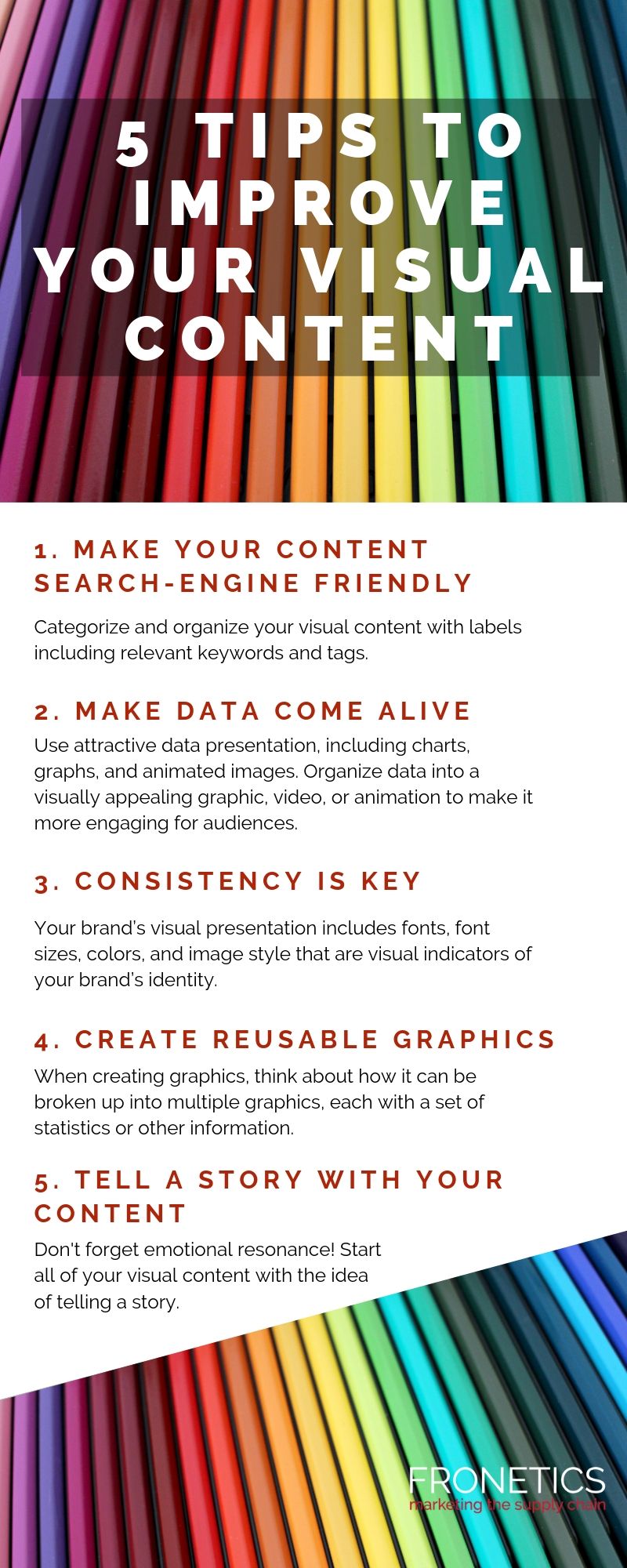
(Made with Canva)
1) Make your content search-engine friendly.
In the same way that social media analytics are struggling to keep up in an increasingly visual climate, search engines have yet to be effective at searching visual content. No matter how compelling your visual content, you won’t be getting the most out of your efforts unless you optimize your content for search engines.
There’s a simple solution to make sure your visual content makes it to the top of relevant search queries: post a text transcript with video or accompanying explanatory text with infographics and images. You can also make sure your visual content is easily searchable by categorizing and organizing it. Label visual assets like logos and images with relevant keywords, and tag them when publishing.
2) Make data come alive.
When it comes to presenting the kind of turgid data that’s often inherent in supply chain purchasing, visual formats are a marketer’s best friend. Supply chain marketers are ideally positioned to make use of attractive data presentation, including charts, graphs, and animated images. Organizing data into a visually appealing graphic, video, or animation makes it far more engaging and digestible for your audience.
3) Create reusable graphics.
Whether you’re creating visual content in house or outsourcing visual content creation, it behooves you to consider how it can be reused. When designing an infographic, for example, think about how it can be broken up into multiple graphics, each with a set of statistics or other information. You can combine these smaller graphics to other pieces of text content, adding visual appeal and boosting engagement.
These visual snippets are also ideal for posting on social media as teasers to link to fuller visual assets.
4) Consistency is key.
One of the most important things you can do to improve your visual content is make sure it’s consistent. Your brand’s visual presentation includes fonts, font sizes, colors, image styles, and any other graphic elements that are visual indicators of your brand’s identity.
Make sure all content creators in your organization receive clearly documented visual guidelines, along with samples for their use. Every time you publish visual content, include checking these guidelines as part of your editorial process.
5) Tell a story with your content.
The difference between good visual content and great visual content ultimately boils down to one thing: emotional resonance. The most significant way you can improve your visual content is to start with the idea of telling a story.
Ideally, you’re presenting data in a way that communicates a feeling and elicits an emotional response from the viewer. If your data is impactful, your viewers will forge an emotional connection with your brand.
What tips do you have to improve your visual content?
Related posts:












